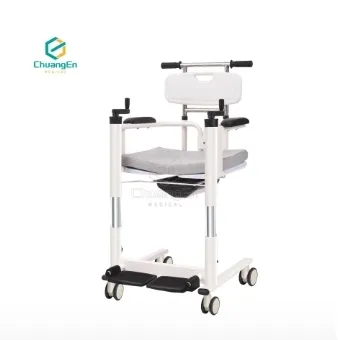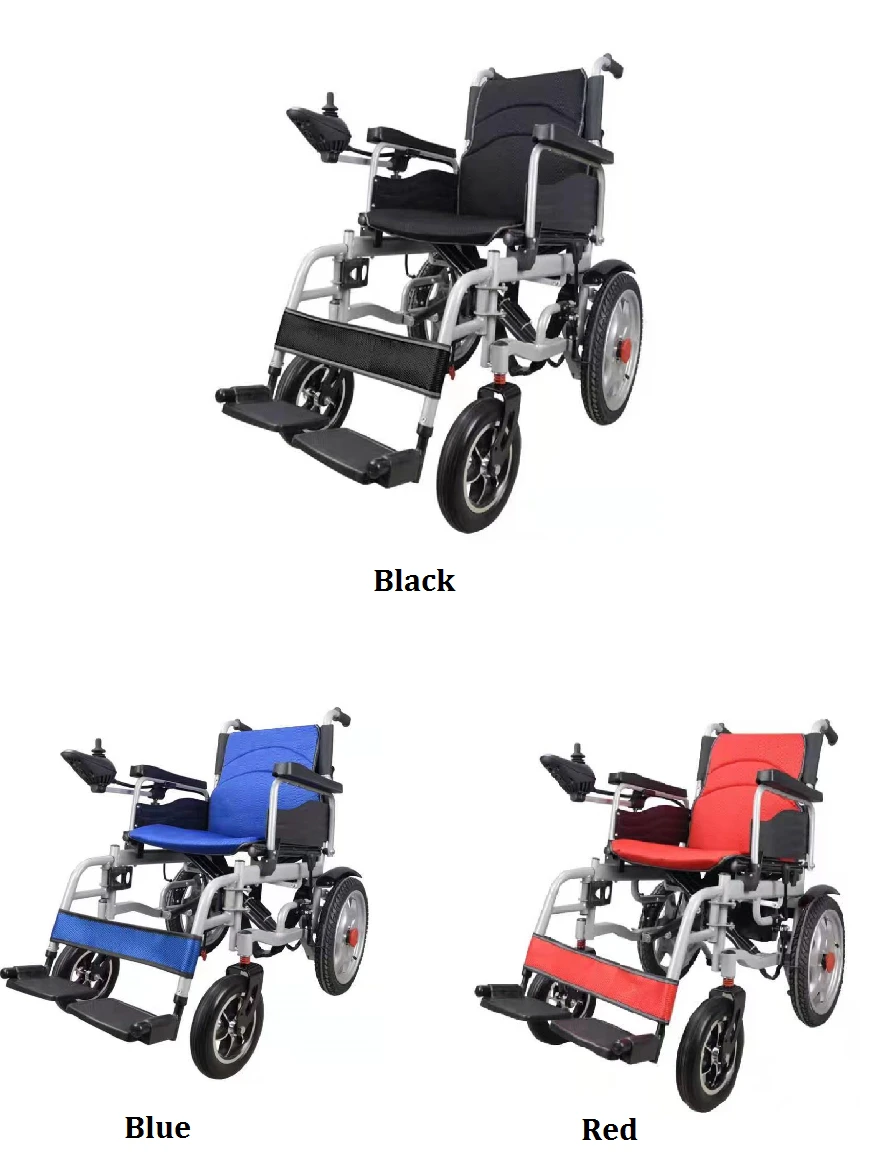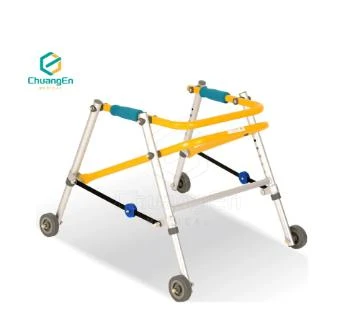The evolution of transfer chair design has been driven by advancements in material science, enabling devices that harmonize strength, portability, and affordability. From patient lift and transfer chair systems to lightweight transport chair models, engineers prioritize materials that withstand daily wear while minimizing caregiver strain. Innovations like shower transfer chair components and specialized transport chairs for elderly users further highlight how modern materials address diverse needs. This article explores how material choices shape functionality, safety, and accessibility in mobility solutions.
The core challenge in designing a transfer chair lies in selecting materials that balance structural integrity with ease of movement. Aluminum alloys dominate modern frames due to their high strength-to-weight ratio, corrosion resistance, and recyclability. For instance, aircraft-grade aluminum ensures rigidity while keeping the chair light enough for caregivers to maneuver.
Seat and backrest materials also matter: breathable, tear-resistant fabrics like nylon-polyester blends offer durability without compromising comfort. Reinforced polymer joints replace traditional metal rivets, reducing weight while maintaining load-bearing capacity. Innovations such as carbon-fiber-reinforced footrests further cut bulk without sacrificing stability. These choices ensure transfer chairs remain reliable for daily use in hospitals, homes, or rehabilitation centers.

Patient Lift and Transfer Chair: Materials for Heavy-Duty Support
A patient lift and transfer chair demands materials capable of handling significant mechanical stress. Stainless steel or titanium-reinforced frames are common in electric models, providing the strength needed for lifting mechanisms. These metals resist deformation even under repetitive use, critical for safely moving individuals with limited mobility.
Upholstery in these chairs often incorporates antimicrobial, waterproof coatings to maintain hygiene in clinical settings. Memory foam padding layered over high-density polyethylene (HDPE) bases ensures pressure redistribution, reducing the risk of pressure sores. For motorized components, heat-resistant polymer casings protect internal electronics while keeping the device lightweight. Such material combinations make patient lift and transfer chair systems both robust and adaptable to complex care scenarios.
Lightweight Transport Chair: Innovations in Reducing Bulk
The quest for a truly lightweight transport chair has led to breakthroughs in composite materials. Carbon-fiber-reinforced frames, once reserved for aerospace applications, now appear in premium models, offering exceptional strength at half the weight of aluminum. For cost-sensitive designs, manufacturers use hollow-tube aluminum with internal ribbing to mimic carbon fiber’s benefits at a lower price.
Seat surfaces leverage mesh fabrics made from recycled PET fibers, combining breathability with environmental sustainability. Foldable hinges employ self-lubricating polymers to ensure smooth operation without metal-on-metal friction. These advancements allow lightweight transport chair models to weigh as little as 15 pounds while supporting users up to 300 pounds, redefining portability in mobility aids.
Shower Transfer Chair: Waterproof and Corrosion-Resistant Solutions
A shower transfer chair requires materials impervious to water, mold, and chemical cleaners. Marine-grade aluminum frames with powder-coated finishes prevent rust, even in humid environments. Seat slats made from injection-molded polypropylene resist warping and microbial growth, while non-slip rubber grips on legs enhance stability on wet surfaces.
Armrests and backrests often use thermoplastic elastomers (TPE), which remain flexible in cold temperatures and resist degradation from soaps or disinfectants. Drainage holes laser-cut into seats prevent water pooling, and antimicrobial additives in plastics inhibit odor-causing bacteria. These material choices ensure shower transfer chair designs prioritize safety and longevity in demanding environments.
Transport Chairs for Elderly: Comfort Meets Durability
Designing transport chairs for elderly users involves materials that enhance comfort without adding complexity. Ergonomic seat cushions use viscoelastic foam with bamboo-derived covers, offering pressure relief and moisture-wicking properties. Frame materials like anodized aluminum provide rust resistance for outdoor use, while ergonomic push handles wrapped in silicone reduce hand fatigue for caregivers.
Wheel axles made from self-lubricating polymers ensure quiet, low-effort movement, and puncture-resistant tires with foam cores eliminate the need for maintenance. These features make transport chairs for elderly individuals ideal for both short trips and prolonged outings, blending ease of use with rugged dependability.
FAQS:About Transfer Chair Materials
What materials ensure a transfer chair remains rust-free in humid environments?
Marine-grade aluminum, stainless steel, or powder-coated frames paired with polypropylene or TPE components resist corrosion in transfer chair designs.
How does a patient lift and transfer chair handle repeated mechanical stress?
High-tensile metals like titanium-reinforced steel and heat-resistant polymer gears ensure patient lift and transfer chair systems endure frequent use without failure.
Can a lightweight transport chair still support heavier users?
Yes—advanced composites like carbon fiber or ribbed aluminum allow lightweight transport chair models to safely accommodate users up to 350 pounds.
Are shower transfer chair materials safe for sensitive skin?
Hypoallergenic polypropylene and antimicrobial coatings make shower transfer chair components safe for users with skin sensitivities or allergies.
What frame material is best for transport chairs for elderly users needing frequent outdoor use?
Anodized aluminum or powder-coated steel frames offer durability and weather resistance in transport chairs for elderly individuals.
The advancement of transfer chair technology hinges on the strategic selection of materials that address durability, weight, and cost simultaneously. From corrosion-resistant aluminum alloys in patient lift and transfer chair systems to carbon-fiber composites in lightweight transport chair designs, material science enables devices that meet rigorous caregiving demands. Shower transfer chair models leverage waterproof polymers and antimicrobial coatings to thrive in wet environments, while transport chairs for elderly users prioritize ergonomic comfort through breathable, hypoallergenic fabrics and rust-resistant frames.
By balancing high-performance materials with affordability—such as recycled polymers or powder-coated steels—manufacturers ensure accessibility without compromising safety. As sustainability and user-centric design drive innovation, the next generation of transfer chairs will continue to redefine mobility solutions, empowering caregivers and enhancing quality of life for users across diverse settings.







